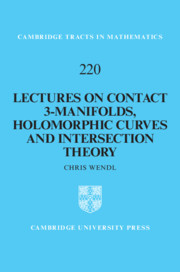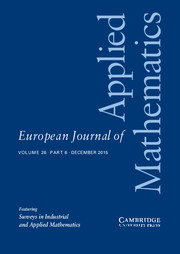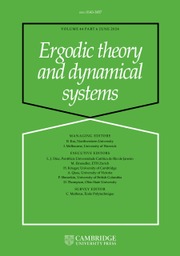The Geometry of Celestial Mechanics
Celestial mechanics is the branch of mathematical astronomy devoted to studying the motions of celestial bodies subject to the Newtonian law of gravitation. This mathematical introductory textbook reveals that even the most basic question in celestial mechanics, the Kepler problem, leads to a cornucopia of geometric concepts: conformal and projective transformations, spherical and hyperbolic geometry, notions of curvature, and the topology of geodesic flows. For advanced undergraduate and beginning graduate students, this book explores the geometric concepts underlying celestial mechanics and is an ideal companion for introductory courses. The focus on the history of geometric ideas makes it perfect supplementary reading for students in elementary geometry and topology. Numerous exercises, historical notes and an extensive bibliography provide all the contextual information required to gain a solid grounding in celestial mechanics.
- The first modern undergraduate mathematics textbook on celestial mechanics
- Begins from an elementary discussion so the book can be used profitably by undergraduates and also senior students who have not encountered celestial mechanics before
- Includes an extensive bibliography which serves as a guide for further reading with pointers to the old masters and current research literature
Reviews & endorsements
'The Geometry of Celestial Mechanics offers a fresh look at one of the most celebrated topics of mathematics … I would gladly recommend this book …' Anil Venkatesh, Mathematical Association of America Reviews
'Because much of the geometric theory, the many historical notes, and the exercises in the book are not found in other contemporary books on celestial mechanics, the book makes a great addition to the library of anyone with an interest in celestial mechanics.' Lennard Bakker, Zentralblatt MATH
'The book fulfills the authors quest, as stated in the preface, 'for students to experience differential geometry and topology 'in action' (in the historical context of celestial mechanics) rather than as abstractions in traditional courses on the two subjects.' Lennard F. Bakker, Mathematical Reviews
Product details
June 2016Adobe eBook Reader
9781316547564
0 pages
0kg
39 b/w illus. 112 exercises
This ISBN is for an eBook version which is distributed on our behalf by a third party.
Table of Contents
- Preface
- 1. The central force problem
- 2. Conic sections
- 3. The Kepler problem
- 4. The dynamics of the Kepler problem
- 5. The two-body problem
- 6. The n-body problem
- 7. The three-body problem
- 8. The differential geometry of the Kepler problem
- 9. Hamiltonian mechanics
- 10. The topology of the Kepler problem
- Bibliography
- Index.










